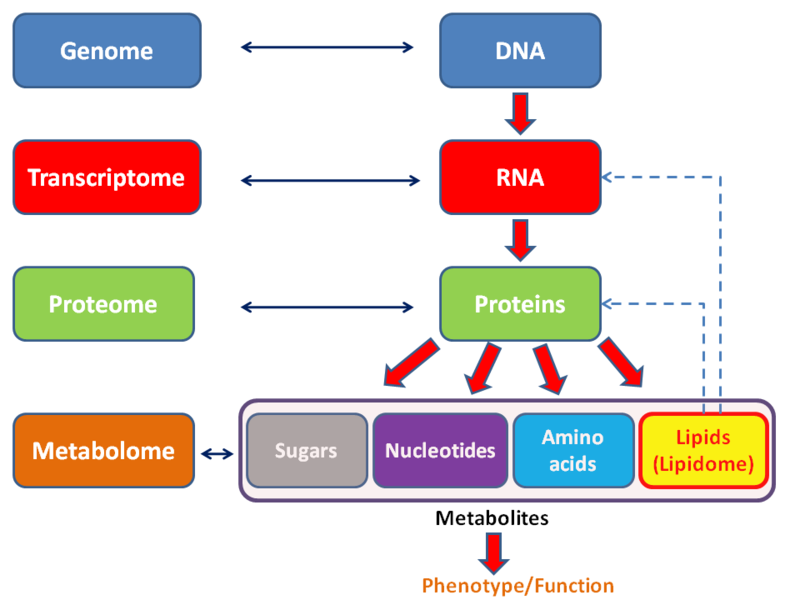Molecular biology laboratory equipment Updated 2025-07-16
Symmetric multilinear map Updated 2025-07-16
Same value if you swap any input arguments.
UK National Quantum Technologies Programme Updated 2025-07-16
Area of technology Updated 2025-07-16
List of e-learning websites Updated 2025-07-16
MathWorld Updated 2025-07-16
Written mostly by Eric W. Weisstein.
Ciro once saw a printed version of the CRC "concise" encyclopedia of mathematics. It is about 12 cm thick. Imagine if it wasn't concise!!!
Infinite Napkin is the one-person open source replacement we needed for it! And OurBigBook.com will be the final multi-person replacement.
Television series Updated 2025-07-16
E-book viewer Updated 2025-07-16
Electric field Updated 2025-07-16
Geiger counter Updated 2025-07-16
Magnetic field Updated 2025-07-16
Magnetometer Updated 2025-07-16
Implementations:
- Hall effect based, i.e. a Hall effect sensor
- SQUID device
Metabolome Updated 2025-07-16
National Center for Biotechnology Information Updated 2025-07-16
Nervous system Updated 2025-07-16
Serverless browser P2P chat Updated 2025-07-16
It seems impossible to avoid the signaling server. With signaling server:
StarCraft Updated 2025-07-16
United States Air Force Updated 2025-07-16
Erotica Updated 2025-07-16
There are unlisted articles, also show them or only show them.
